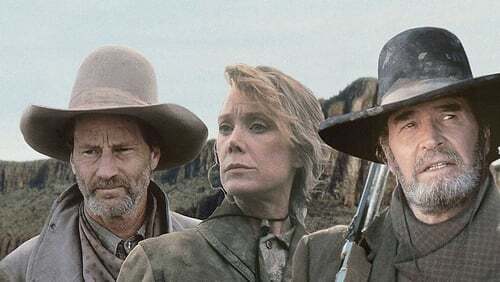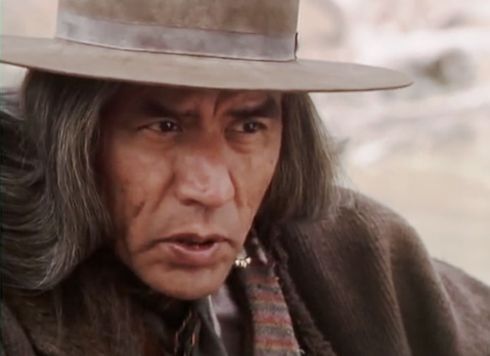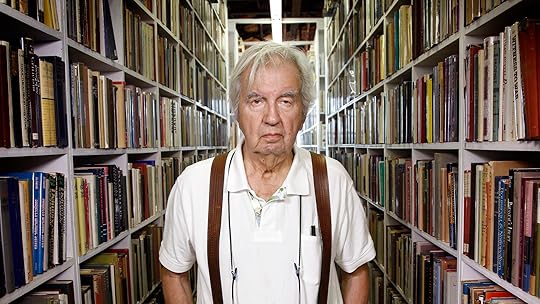What do you think?
Rate this book


547 pages, Paperback
First published January 1, 1993
The minute he struck the blow, the Captain seemed to change. He didn't stop with one blow, although Doniphan was knocked flat, and his pistol went skittering across the floor of the jail. Call continued to hit the sheriff with the rifle. Once, when the sheriff turned to try and escape, the Captain knocked him in the ear with his boot, so hard that Brookshire would not have been surprised if Doniphan’s head had flown off.
Mox Mox killed short people because they reminded him of himself…He killed tall people because he envied them. He could be a killer, but he could never be tall. He could never be blond, because he had red hair; and he could never look you straight in the eye, because one of his eyes was pointed wrong. It looked out of his head at an angle. Mox Mox hated being short, regretted the smallpox that scarred his face, and was sorry that he was not blond, but the thing he hated most about himself was his crooked-looking eye. His greatest, most elaborate cruelties were reserved for people with well-set, bright blue eyes. When Mox Mox caught such a person, male or female, he tended to do the worst things to the eyes. If the person with the perfect blue eyes was tall and blond, then so much the worse for him or her.
“Woodrow Call had his time,” [Goodnight] said, finally. “It was a long time, too. Life’s but a knife edge, anyway. Sooner or later people slip and get cut.”



We beat the drum lowly and shook the spurs slowly,
And bitterly wept as we bore him along;
For we all loved our comrade, so
Brave and handsome,
We all loved our comrade, although
He’d done wrong. . . ——“Streets of Laredo,” c. 1860